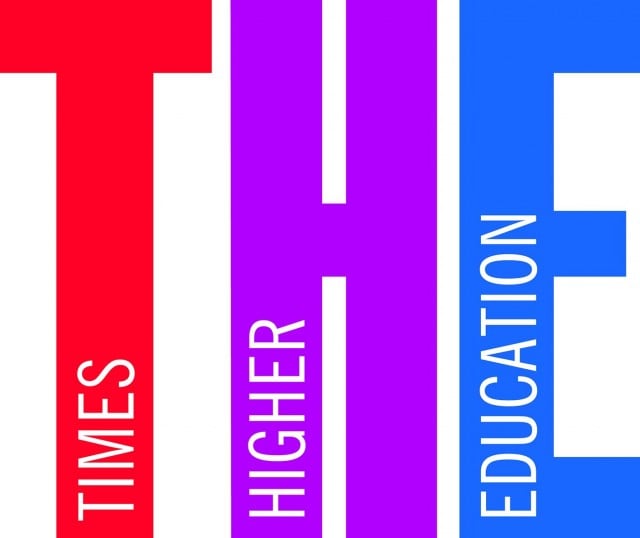You have /5 articles left.
Sign up for a free account or log in.
For all the extraordinary effort that South Korean students expend on university admissions, higher education may not be the equalizer it is perceived to be, research suggests.
 “Though many people in South Korea believe that education is the single greatest hope to achieve upward social mobility, and indeed invest heavily in children’s education, these findings cast doubt on the idea that college attendance alone can promote social mobility,” writes Sangwoo Lee, a Ph.D. candidate in the University of Cambridge’s Faculty of Education and author of a new paper in Higher Education Policy.
“Though many people in South Korea believe that education is the single greatest hope to achieve upward social mobility, and indeed invest heavily in children’s education, these findings cast doubt on the idea that college attendance alone can promote social mobility,” writes Sangwoo Lee, a Ph.D. candidate in the University of Cambridge’s Faculty of Education and author of a new paper in Higher Education Policy.
His research confirms conventional wisdom that “selective, public four-year colleges” are the “main engines of upward social mobility,” at least for those students who can get into them.
The three legacy institutions nicknamed SKY -- Seoul National University (SNU), Korea University and Yonsei University -- plus the Korea Advanced Institute of Science and Technology (KAIST) are among the nation’s top ranked.
However, the study found that while 36 percent of the richest students make it to top universities, that is only true for 9 percent of the poorest students. “Many selective colleges are more likely to play a role as a glass floor than a social ladder due to the lower low-income access,” the paper says.
“The South Korean higher education system is severely stratified,” Lee told Times Higher Education. “Many requirements for college admission are associated with family backgrounds. And the few top universities have become the main gateway to top or elite occupations.” For example, about half of newly appointed judges come from just one institution, SNU.
The study is likely the largest of its kind from South Korea, where universities generally do not publicize graduate outcome information, as is commonly done in the U.S. and Britain.
Lee analyzed data from the government’s Graduates Occupational Mobility Survey, which tracked more than 37,000 students who graduated between 2007 and 2010. He matched their family backgrounds, the “prestige” and location of their higher education institutions, and their earnings when they reached the age of 29 or 30.
He found that two-year colleges outside the capital of Seoul might be the unsung heroes of promoting “bottom-to-top mobility,” meaning movement from the lowest quintile of household income to the highest quintile of graduate income. This might simply be because they admit more low-income students in general.
These less prestigious institutions “have the potential to become the engine of upward social mobility … and should arguably be the focus of more attention from policymakers and stakeholders,” Lee writes.
The picture is different for middle-class students, who achieve the highest rates of upward mobility when they attend selective four-year colleges.
Meanwhile, students from the top quintile for income tend to enter elite universities to “maintain their status.” Lee writes that “selective colleges are more likely to play a role as a glass floor,” meaning that they help to “protect” rich students and prevent them from “slipping down.”
One unfortunate trend that is consistent across all three income levels studied in this paper is that social mobility rates are higher for men than for women.
For young women, “colleges do not necessarily level the playing field in terms of earnings disparities,” Lee said, adding that the government and universities should work together to address South Korea’s gender pay gap, which is the largest among Organisation for Economic Cooperation and Development nations.






